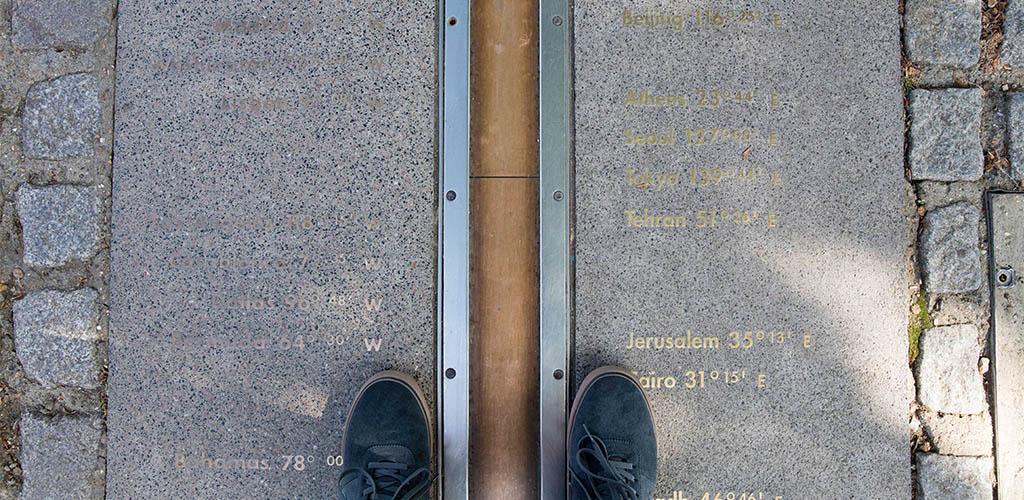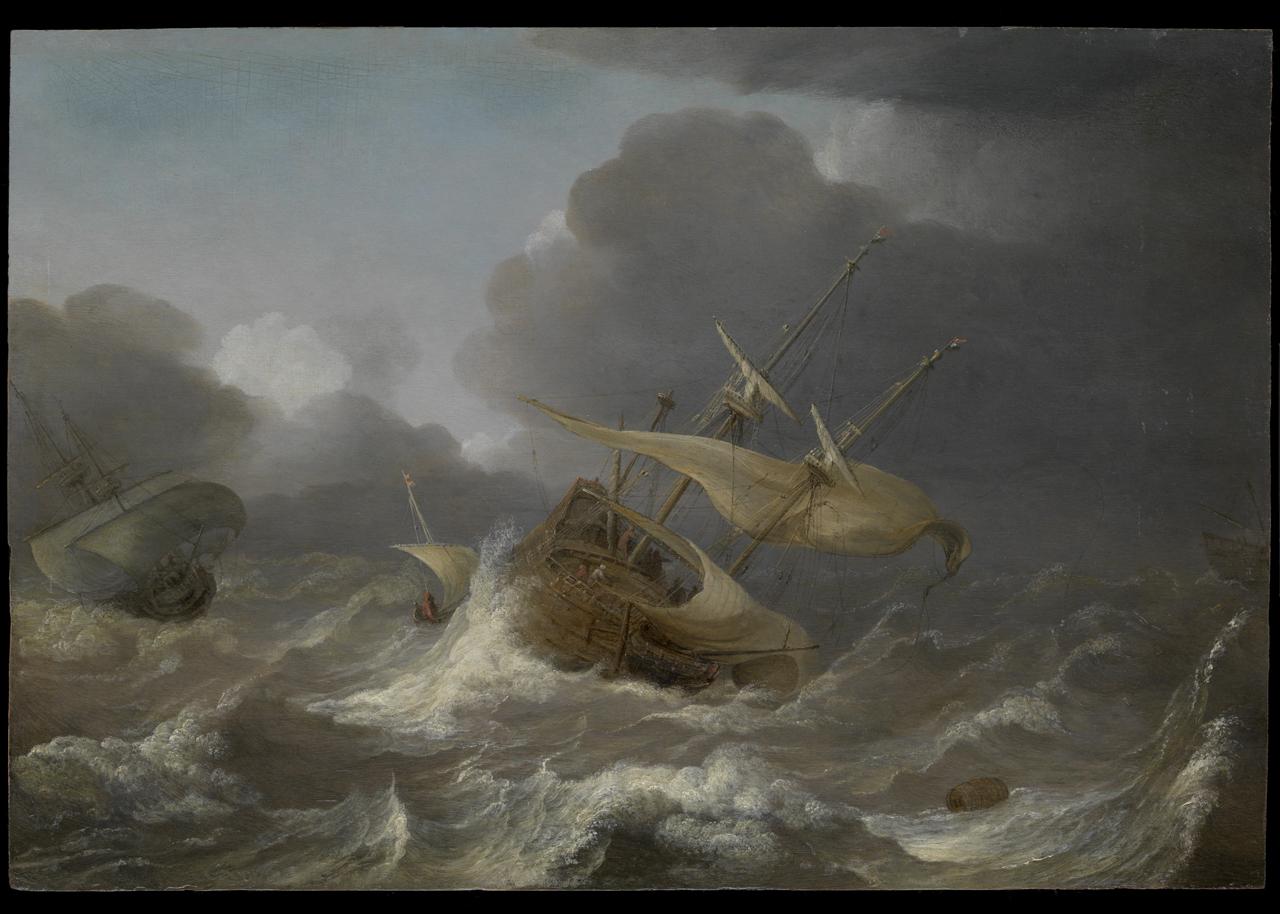What Makes a Compass Needle Point North
In September 2019, for the first time in over 360 years, compasses at Greenwich pointed true north. But what does this mean - and haven't compasses always pointed 'north'?
Erika Jones, curator of Navigation at Royal Museums Greenwich, helped explain this rare occurrence, and the difference between true and magnetic north.
What is happening to compasses at the Royal Observatory?
The British Geological Survey has informed us that, at some point in September 2019, 'true north' and 'magnetic north' are set to align here in Greenwich for the first time in over 360 years.
What this means is, if you have a compass and are standing at the Prime Meridian outside the Royal Observatory, your compass is going to point to true north.
Learn more: what is the Prime Meridian - and why is it in Greenwich?
Most of the time compasses don't actually point precisely towards the North Pole. For true north and magnetic north to come together at this point is a really special occurrence, and hasn't happened for hundreds of years.

What is true north?
True north is the direction that points directly towards the geographic North Pole. This is a fixed point on the Earth's globe.
What is magnetic north - and why is it different to true north?
True north is a fixed point on the globe. Magnetic north is quite different.
Magnetic north is the direction that a compass needle points to as it aligns with the Earth's magnetic field.
What is interesting is that the magnetic North Pole shifts and changes over time in response to changes in the Earth's magnetic core. It is not a fixed point.
Here at Greenwich, the magnetic North Pole has been positioned slightly to the west of true north for hundreds of years. However, its position is constantly changing, and soon magnetic north and true north will align.
This alignment won't last for long: the British Geological Survey predicts that magnetic north will begin to shift slightly eastwards here in the UK over the coming years.
How are compasses used to navigate?
For navigators at sea, one of the most important things is to find your direction. In the open ocean, there are no landmarks or signposts to help navigate, so you have to know which way you are heading.
For thousands of years, navigators have found their way using the Sun and the stars. In the northern hemisphere, seafarers would use Polaris – the North Star – to work out which direction was north in order to help them navigate across the seas. If they could see Polaris, they knew which way they were heading.
But what do you do if it's cloudy, or if there's a storm and you can't see the stars or the Sun? How do you know where you are?

We don't know exactly where or when the first compass was invented. What we do know is that here in Europe they were being used as early as the 12th century, and even earlier in China.
By the 16th century, compasses and charts were standard kit for ships sailing at sea.
But even then, navigators and sailors knew there was something a little strange going on with their compasses. They could see Polaris, but they could see that their compasses didn't always align with it. Compasses didn't always point north.
Scientists began to question what could be causing this variation, or 'magnetic declination'.
In the 1830s, British scientists initiated what became known as the Magnetic Crusade. This was an opportunity for Victorian scientists to travel around the world and measure magnetic deviation. The survey was to be used to aid ships and navigation, but it was also designed to better understand why the Earth's magnetic field changes over time and place.
Scientists are still working on this question today. This is why the British Geological Survey has been able to establish that magnetic and true north are set to align here in Greenwich.
Life at sea in the age of sail
Do ships still use compasses today?
Right now, ships navigate using GPS and a highly sophisticated system of satellites that are constantly monitoring the journeys of ships across the ocean.
But things happen at sea. As every captain knows, along with a sextant and charts your compass is a great back-up. Even today, yachtsmen, sailors and captains are trained how to use compasses and charts in order to safely navigate the seas.
What Makes a Compass Needle Point North
Source: https://www.rmg.co.uk/stories/topics/true-north-magnetic-north-whats-difference